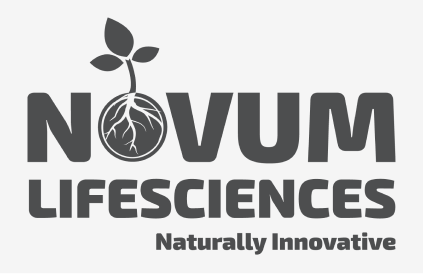With concerns surrounding its increased detection in the environment and the potential health risks posed to wildlife and humans, per- and poly-fluoroalkyl substances (PFAS) are an emerging contaminant garnering a great deal attention with environmental monitoring organisations and governments.
What are PFAS?
PFAS comprises a extensive family of fluorinated organic compounds with unique and complex properties. The two best known compounds, Perfluorooctane Sulfonate (PFOS) and Perfluorooctanic acid (PFOA), are the most regulated, and have been banned since the 1970’s due to emerging health concerns in Australia and internationally.
What do PFAS do?
PFAS are extremely complex and are made up of unique properties such as:
- Dirt, grease and water resistant
- Low friction and surfactant properties
- Thermal stability, versatility, strength, resilience & durability
- Water soluble
- Bioaccumulative (Bioconcentration + Bio magnification) in food web
These properties have led to PFAS’s common use industrially and in products found in most homes. A few examples of uses include:
- Firefighting Aqueous film forming foams (AFFF)
- Oil and water resistant finishes on paper, textiles, carpeting & cookware ie non-stick pans
- Electroplating mist suppressants
- Semiconductor manufacture
- Aerospace and electronics applications
- Biosolids land application
Where are PFAS found?
With so many potential applications, locations of PFAS detection are numerous. Major sites of contamination for PFAS include:
- Department of Defence sites
- Refineries
- Chemical Facilities
- Large rail yards and commercial & private airports
- Fire stations and municipal fire training areas
- Landfills
Due to their complex properties and common locations of use, PFOS/PFOA leave persistent traces and are mobile in soil, leaching into groundwater.
Their water solubility and bioaccumulative nature allow uptake into plants and animals commonly used as food, and with long half-lives pose a risk to humans and the environment.
| Water | Humans | |
| PFOS | 41 years | ~ 5 years |
| PFOA | 92 years | ~ 4 years |
How can Symbio Laboratories help with PFAS testing?
Symbio Laboratories employs advanced analytical tools using LCMSMS (targeting 31 PFAS compounds) to measure from matrices including:
| Matrices | Detection Limits |
| Water (Drinking, surface & groundwater) | Std 0.01 ppb, UT 0.0002 ppb |
| Soil & Sediment | 0.5 ppb |
| Food | 0.5 – 5 ppb |
Need PFAS testing services? With locations across Australia, experts throughout the organisation, and industry-leading turnaround times, get in touch with our friendly team to find out how Australian owned and operated Symbio Laboratories can assist with your PFAS detection and environmental monitoring.


